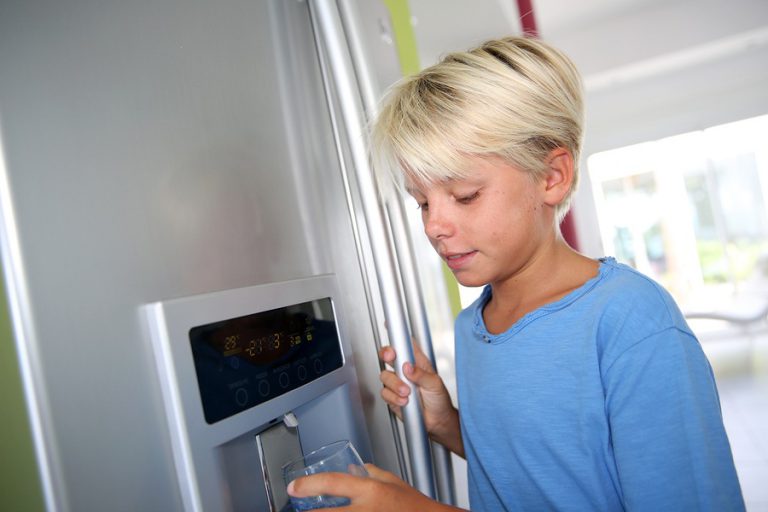Maximum Contaminant Level Goals (MCLG) vs. Maximum Contaminant Levels (MCL)
The environment has changed a lot in the last fifty years. Manufacturing and agricultural activities, along with our growing population, add an enormous amount of potentially hazardous materials to our environment.
As a result, the U.S. Environmental Agency (EPA) and others have detected more than 700 different organic compounds in treated drinking-water supplies.
Water coming from public systems is tested regularly and must meet standards set by the EPA.
The first standard—the Maximum Contaminant Level Goal (MCLG)—is not enforceable. MCLGs are set at zero for contaminants that are known to be probable human carcinogens. For noncarcinogens, MCLGs are set at a level that includes a margin of safety so as to prevent adverse health effects.
The second standard—the Maximum Contaminant Level (MCL)— is enforceable. MCLs are set as close to the MCLGs as possible, taking into account the technological and economic limitations of the public water supplier.
AGBR recommends that you ask your public utility for a contaminant level report. By law, they must provide it to you.
The contaminants listed above are not necessarily present in your water.
Solutions to Water Contaminants
AGBR is committed to providing our customers with cleaner, safer water. With more than 700 detectable organic compounds in current drinking water supplies, it’s no wonder many people are turning to home water treatment as an answer to filter and reduce contaminants in the water they use everyday.
Not only do AGBR drinking water and home water filtration systems protect families from harmful contaminants, they also help protect the environment. Less dependence on bottled-water, reduced energy costs and soap consumption, and appliances that last longer and perform better are all part of what AGBR, being # 1 in Bahrain, does best.
Quality of Life is more than a slogan; it’s our commitment to provide you with the safest and cleanest water for your home.
